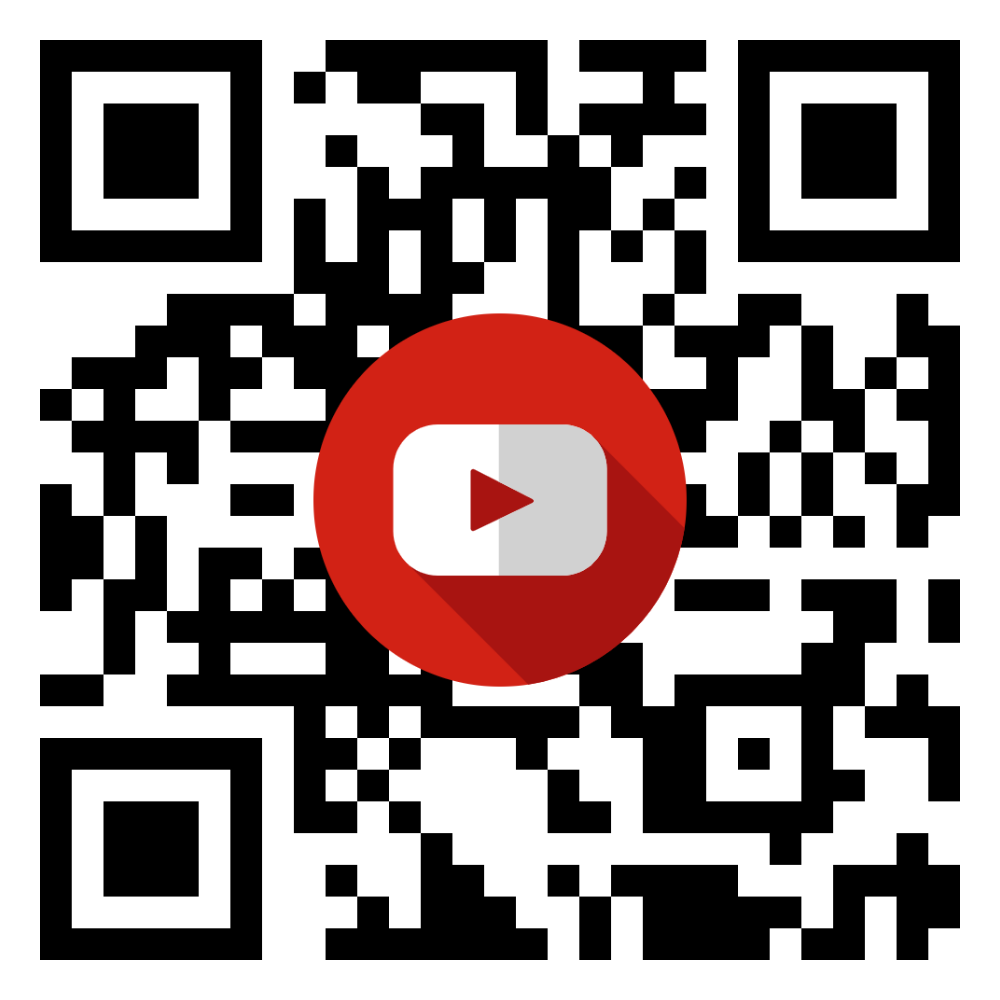
1. Method
The dorsal skin of a white rat was shaved to expose the skin. The animal was anesthetized using ether. In the first treatment group, we subcutaneously placed the 3-0 bidirectional cog PDO thread in a white rat weighing 260g using a 23G needle and investigated the correlation between the thread and rat skin tissues after inducing a free fall of the rat.
The first treatment group was divided into Group 1-A and 1-B based on the method of suture placement. In Group 1-A, strands were inserted in a fan shape through a single entry point and in Group 1-B, strands were inserted parallel to each other through multiple entry points. We examined changes that followed placing each additional strand as well as the changes related to the method of suture placement.
[Advertisement] AGNES(Radio Frequency) – Manufacturer: (www.igwss.com)
In the second treatment group, we subcutaneously placed the 3-0 multiple bidirectional cog PDO (N-Cog) in a 260g white rat using a 23G needle and examined the correlation between the thread and rat tissues after inducing a free fall of the animal. The second group was also divided into Group 2-A and Group 2-B based on the method of suture placement. In Group 2-A, strands were inserted in a fan shape through a single entry point and in Group 2-B, strands were inserted parallel to each other through multiple entry points. We examined changes that followed placing each additional strand as well as the changes related to the method of suture placement.
2. Results
In the first treatment group with the 3-0 bidirectional cog PDO thread, one strand was subcutaneously inserted in a 260g white rat. We intended to measure with a stop watch how long the strand supported the full weight of the rat after a free fall, however, the thread did not withstand the rat’s weight, slipped out of place and was lost to vision (Figure 1).

Figure 1. One strand cannot withstand the body weight of the rat and slipped away out of sight as soon as the rat was dropped.
This showed that a single strand of the 3-0 bidirectional cog PDO thread cannot withstand 260g in weight. When the rat was dropped after inserting two threads, the animal remained dangling on two strands, with the skin folding toward the entry points (Figure 2).
.png)
Figure 2. When dropped after inserting two strands, the rat dangled from the threads, with the skin folding around the entry point.
Three and four strands both withstood the rat’s body weight well, with the skin around the entry point folding. In Group 1-A, where the strands were placed in a fan shape, the skin creased in a triangular shape and in Group 1-B, creases formed perpendicular to the thread at the entry point (Figure 3).
.png)
Figure 3. In Group A with strands placed in a fan shape, triangular creases were seen around the entry point. In Group B, wrinkles formed perpendicular to the strands around the entry points.
When the inserted threads were forcibly removed from the rat skin, the strands came out relatively easily and little change in cog shape was observed (Figure 4).
.png)
Figure 4. When the rat was dropped after placing one 3-0 multiple bidirectional cog PDO strand, the rat dangled from the single strand for 26 seconds before the strand broke.
-To be continued




















